It’s been three years since BMW announced the creation of its i brand, a range of so-called megacity vehicles that begins with the hybrid-powered BMW i8 sportscar and the all-electric BMW i3 city car.
The i range is conceived to take motoring to the next level of efficiency, using a combination of lightweight construction, electric propulsion and, as BMW chairman Norbert Reithofer promised in 2010, initiatives that would make it possible for anyone with the simple need to get from A-to-B to get in on the action.
The German car maker’s ideas for battery-based motoring were initially presented on the limited-production Mini E and, more recently, the BMW 1-series ActiveE, both of which have been run on carefully monitored fleets as a means of gathering data on driving habits. So far, these two cars have covered almost 10 million miles in testing and, BMW says, provided valuable information, such an average commute for city dwellers around the globe of 26 miles.
Most significant of all, though, has been the appearance of BMW’s advanced i3 city car and sleek i8 sportscar, initially as conceptual models and more recently as fully functioning prototypes. Together, these two futuristically styled, carbon-fibre bodied models will spearhead BMW i’s entry into the ranks of dedicated alternative drive vehicles. The i3 has been conceived primarily for urban use with an all-electric driveline, while the BMW i8 uses a petrol-electric hybrid layout in the interests of performance.
But before they make their world debut in production guise later this year, Autocar was invited to join a team of engineers in north Sweden as they put the final winter test miles on a series of near-to-production mules. Far removed from the pomp and ceremony of a motor show reveal, it is here on snow strewn roads and under sub-zero temperatures where BMW’s new i cars must prove their mettle before they can be considered ready for the showroom.
Riding in the BMW i3 in the snow
The focus of engineering activities less than a year out from launch is the calibration of electric drive systems and cold start compatibility. As we arrive at BMW’s in Arjeplog, ground central to the European automotive industry’s winter test activities, it is the BMW i3 that exits the workshop and we get to ride in first.
Set to underpin BMW i sales, the compact hatchback has been conceived primarily for city use with dimensions that make it 120mm longer, 81mm wider and 132mm higher than the existing Mini Cooper hatchback. It also boasts 200 litres of luggage space behind the rear seats, or 40-litres more than its British-built sibling.

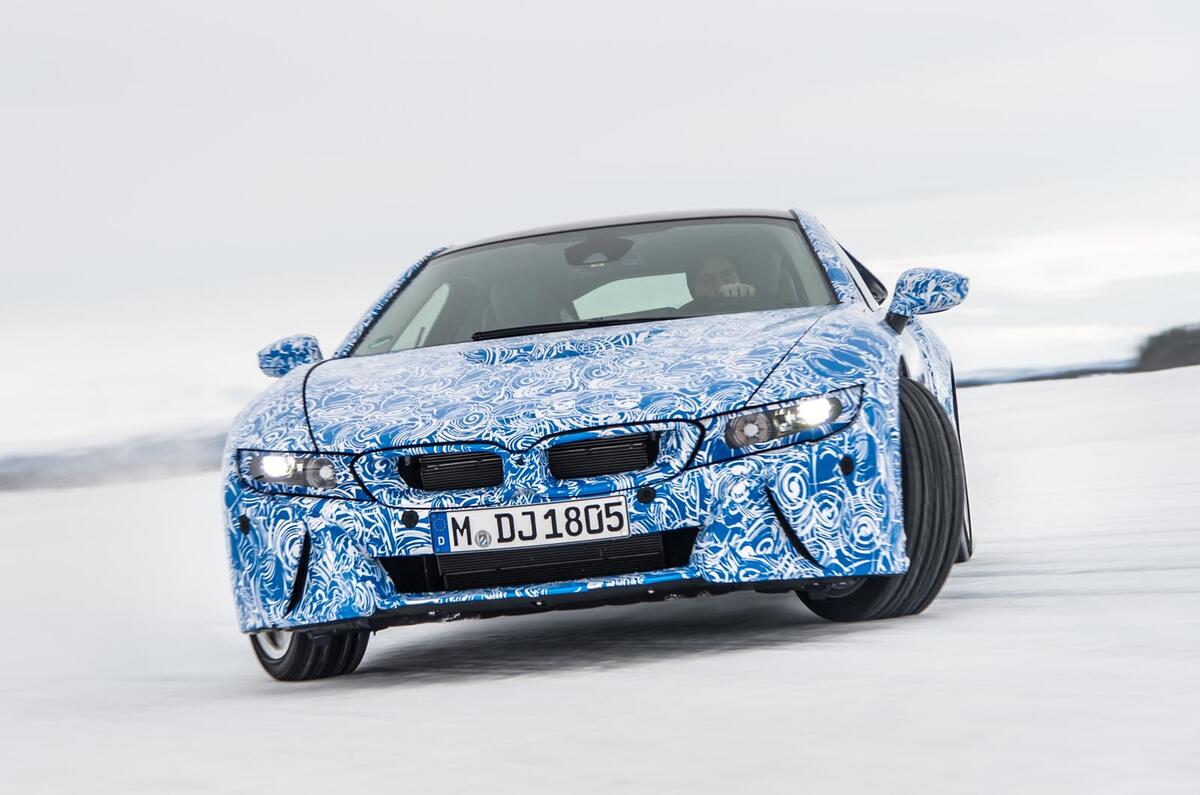

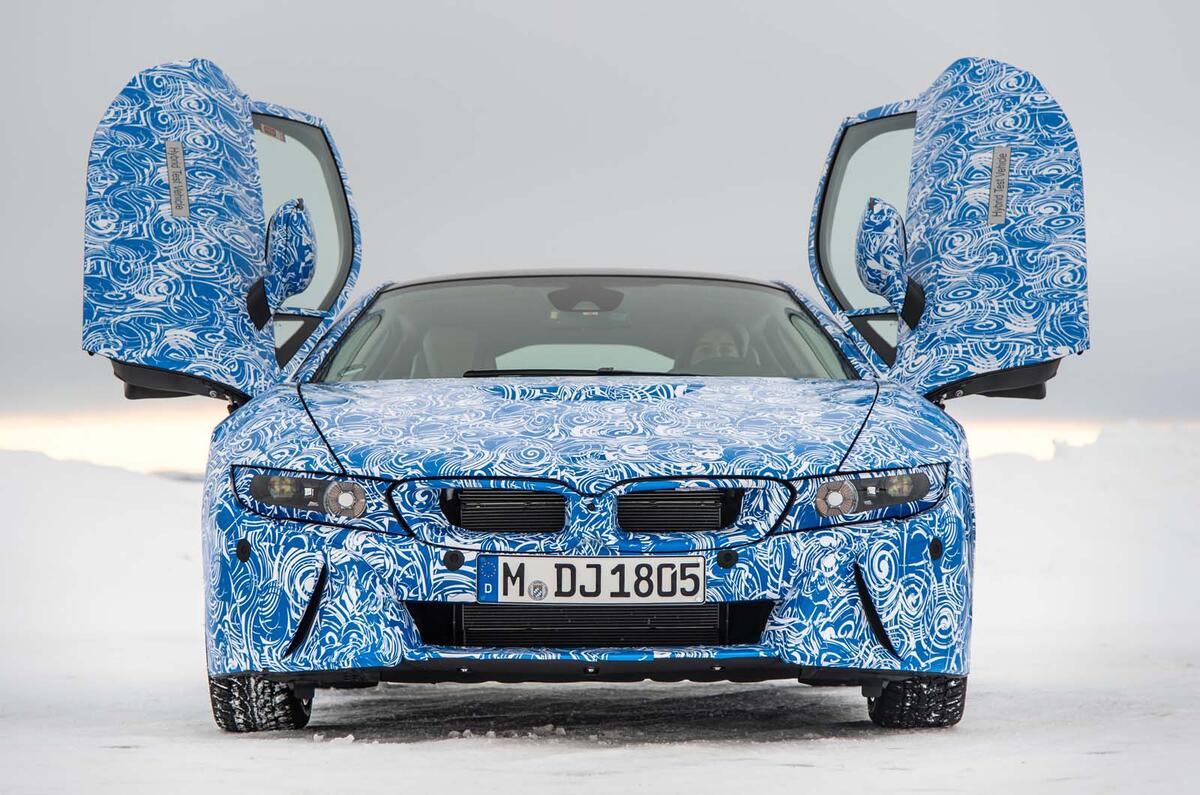
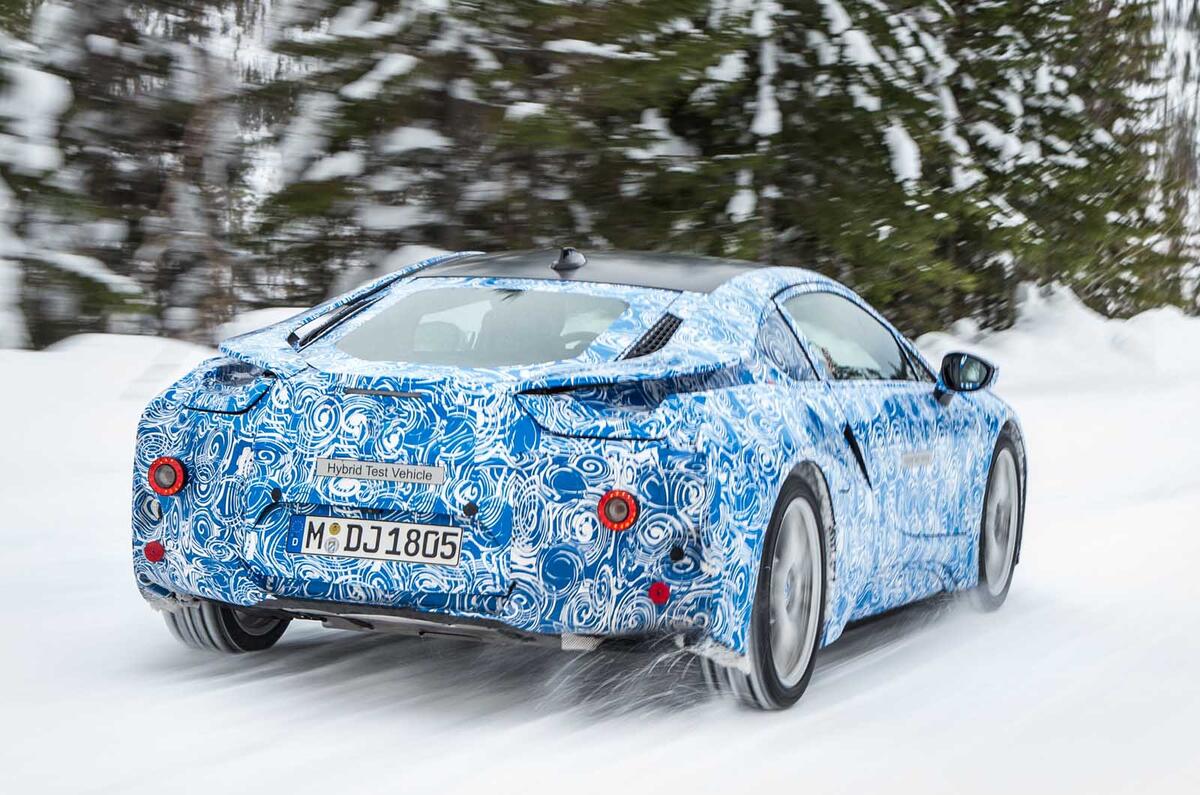


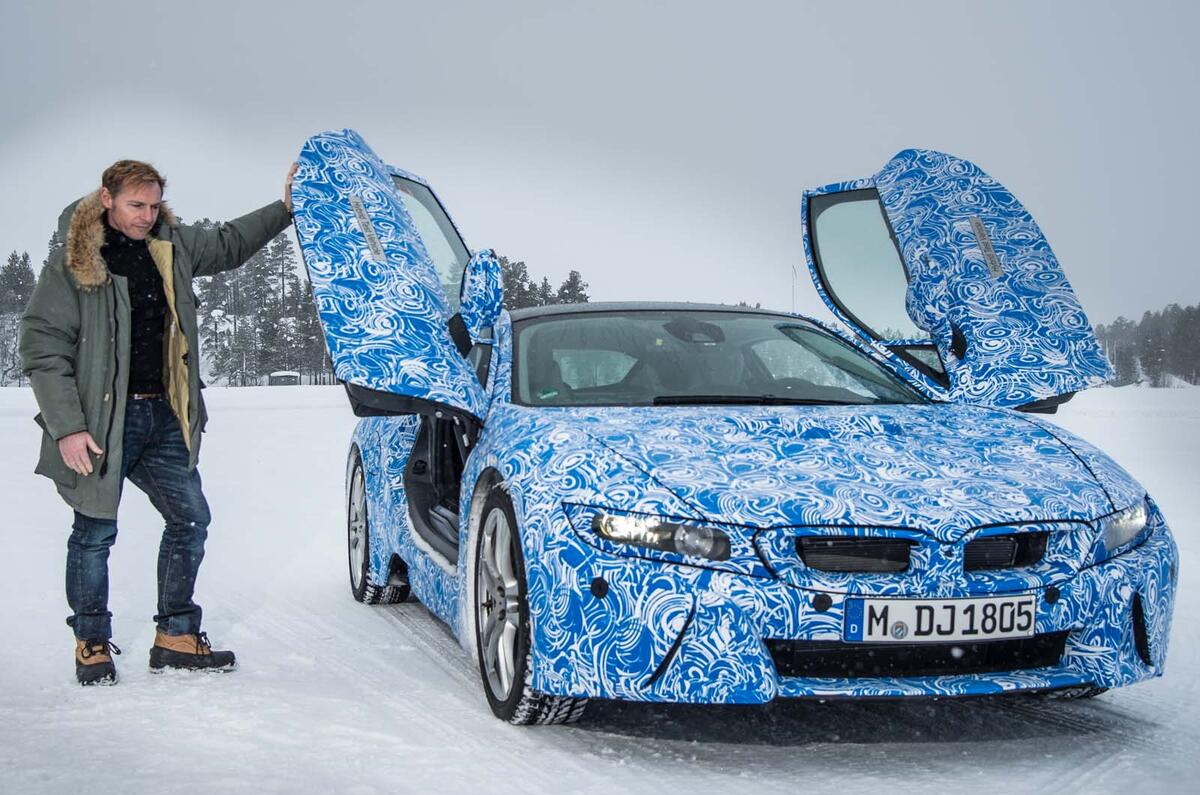
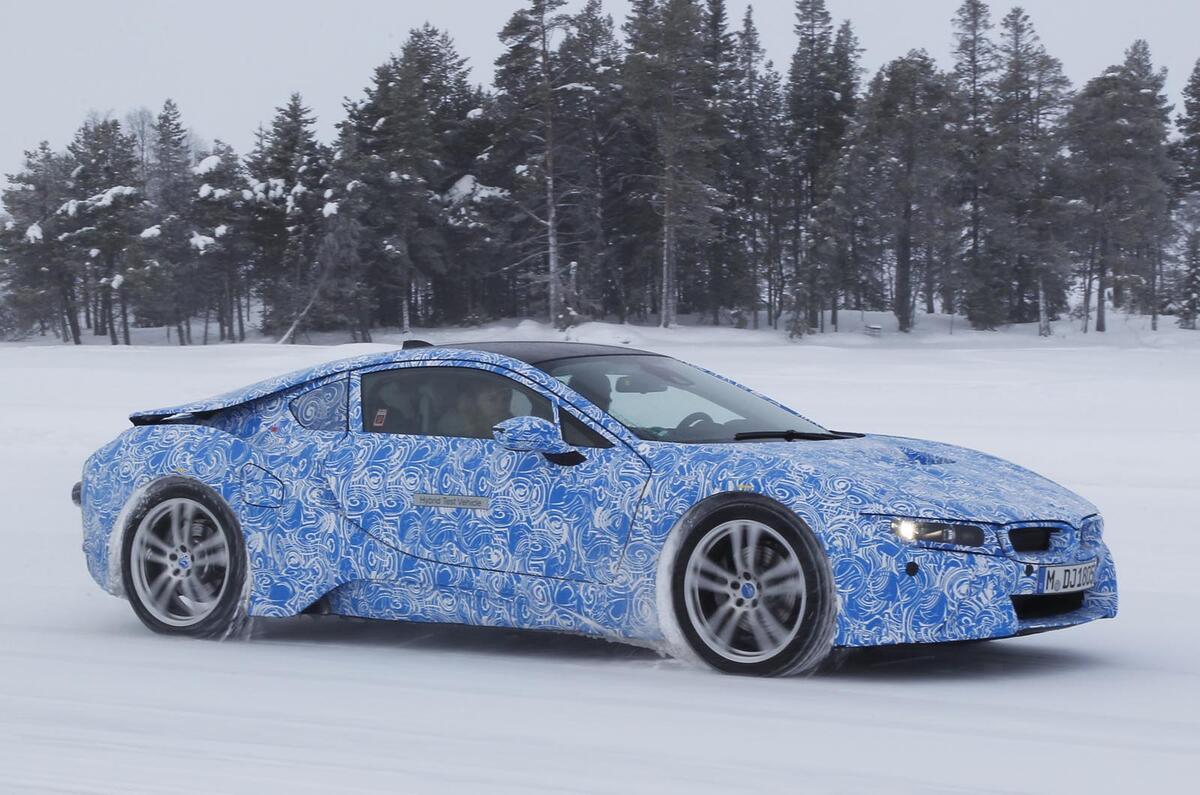
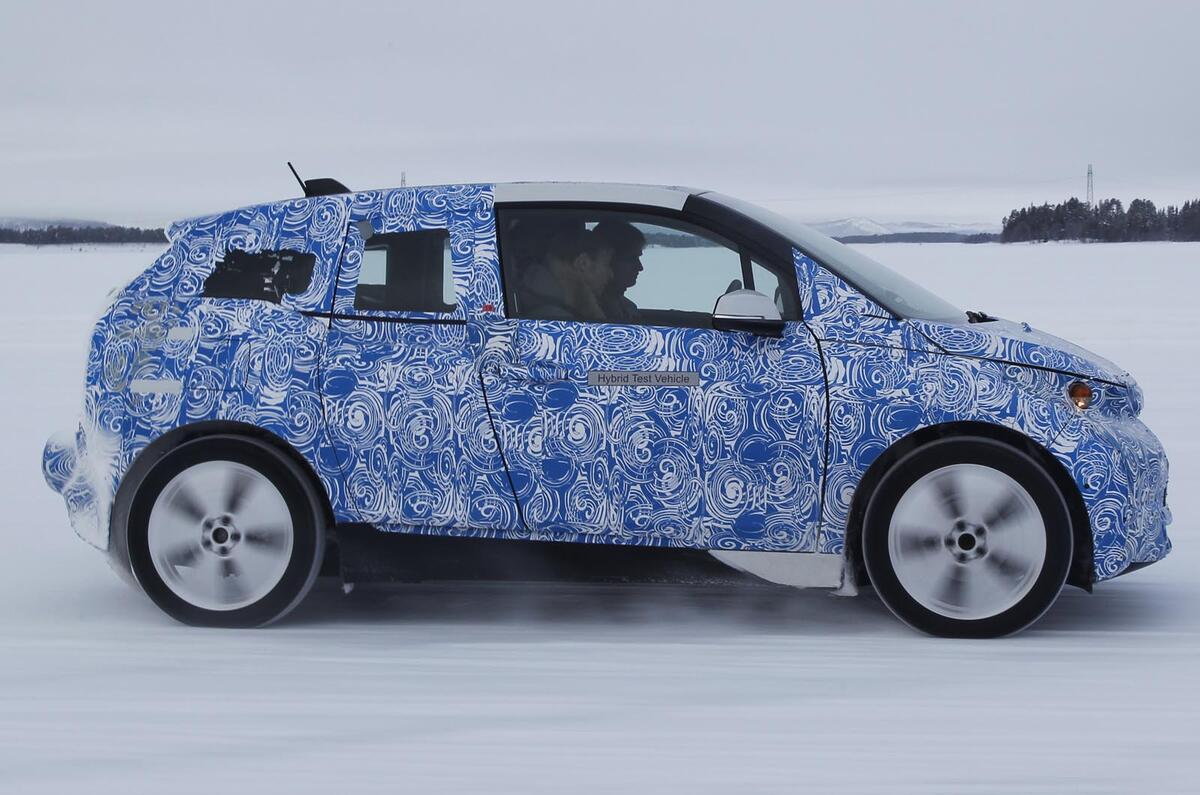
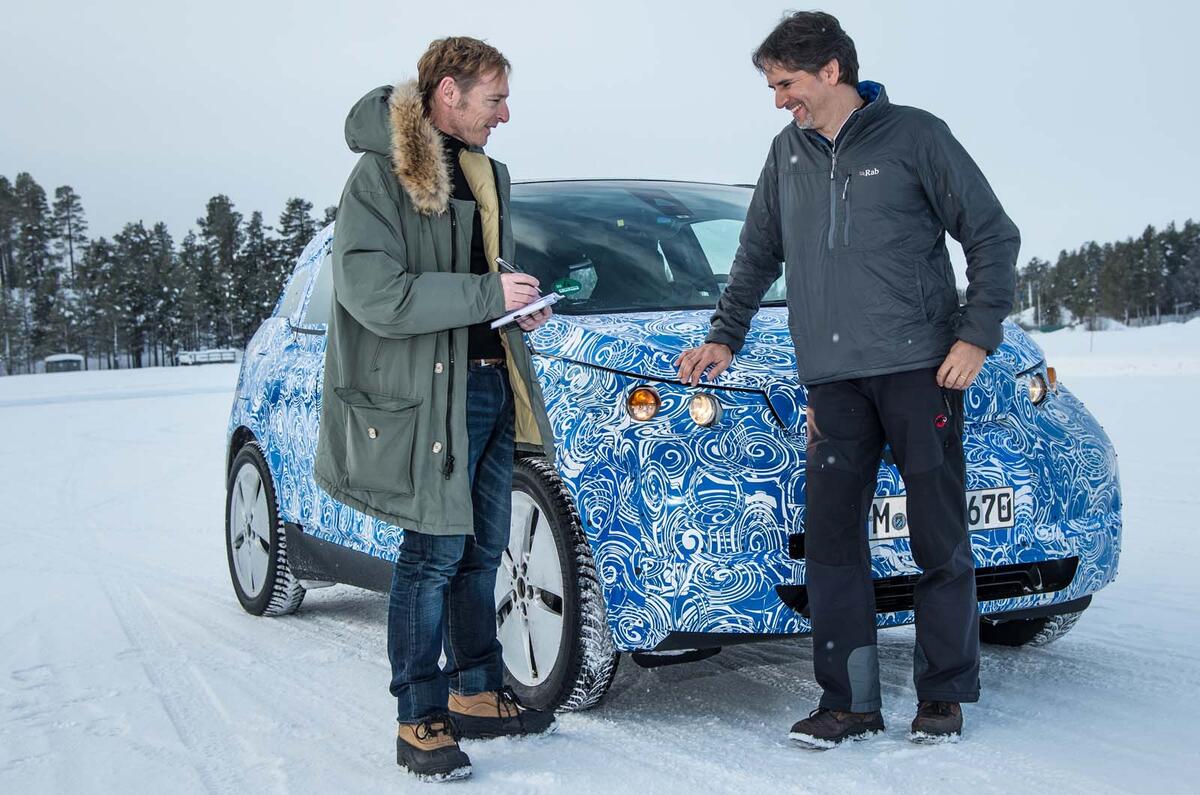
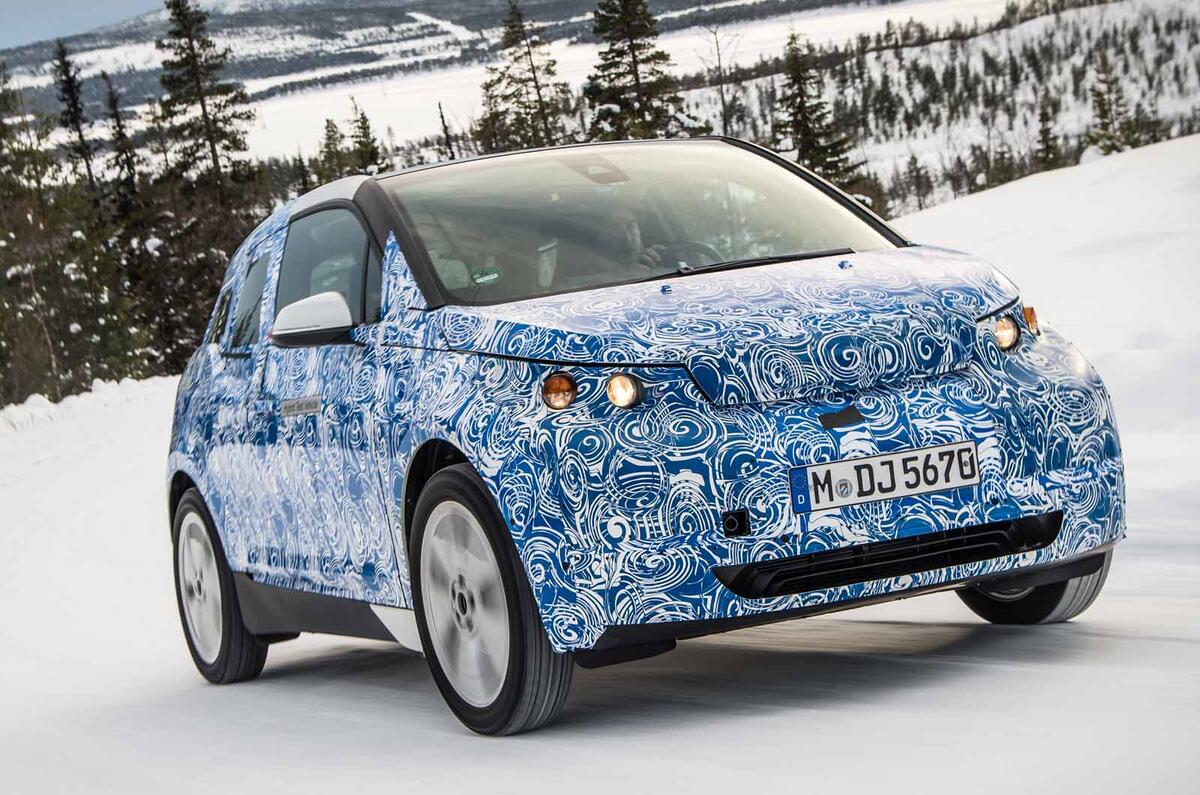
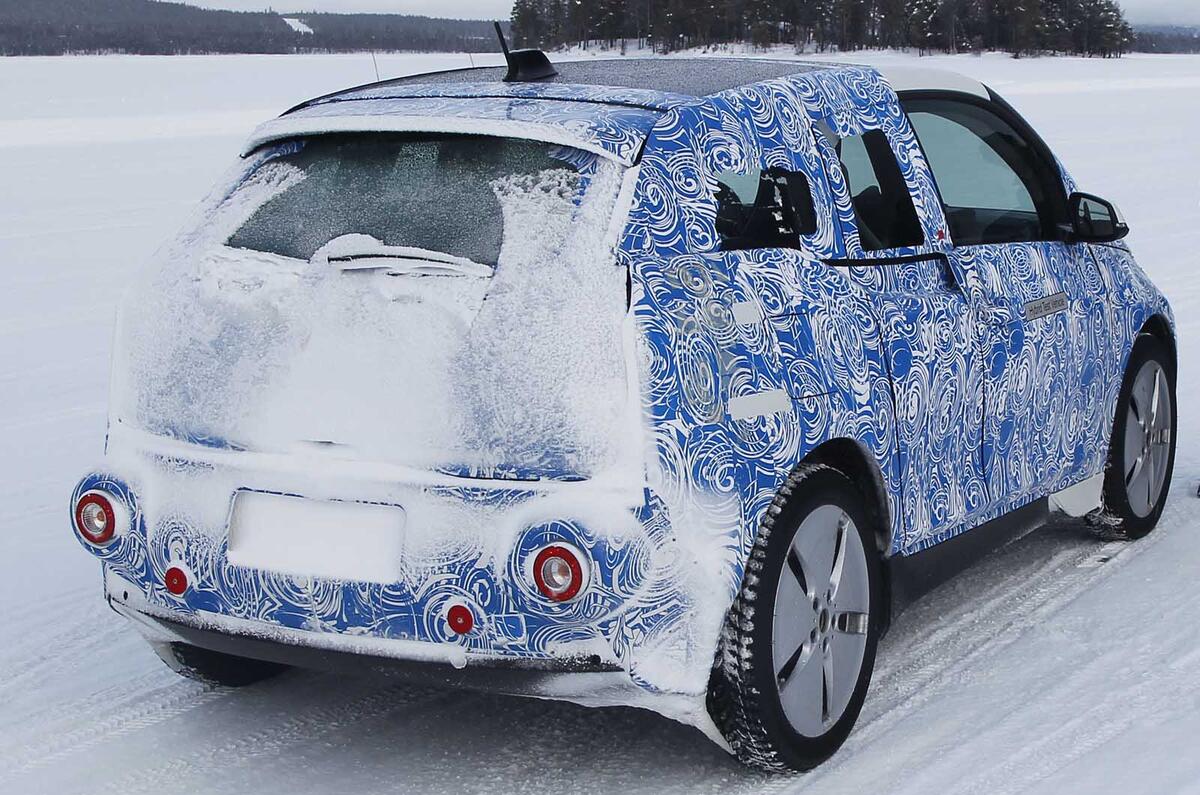
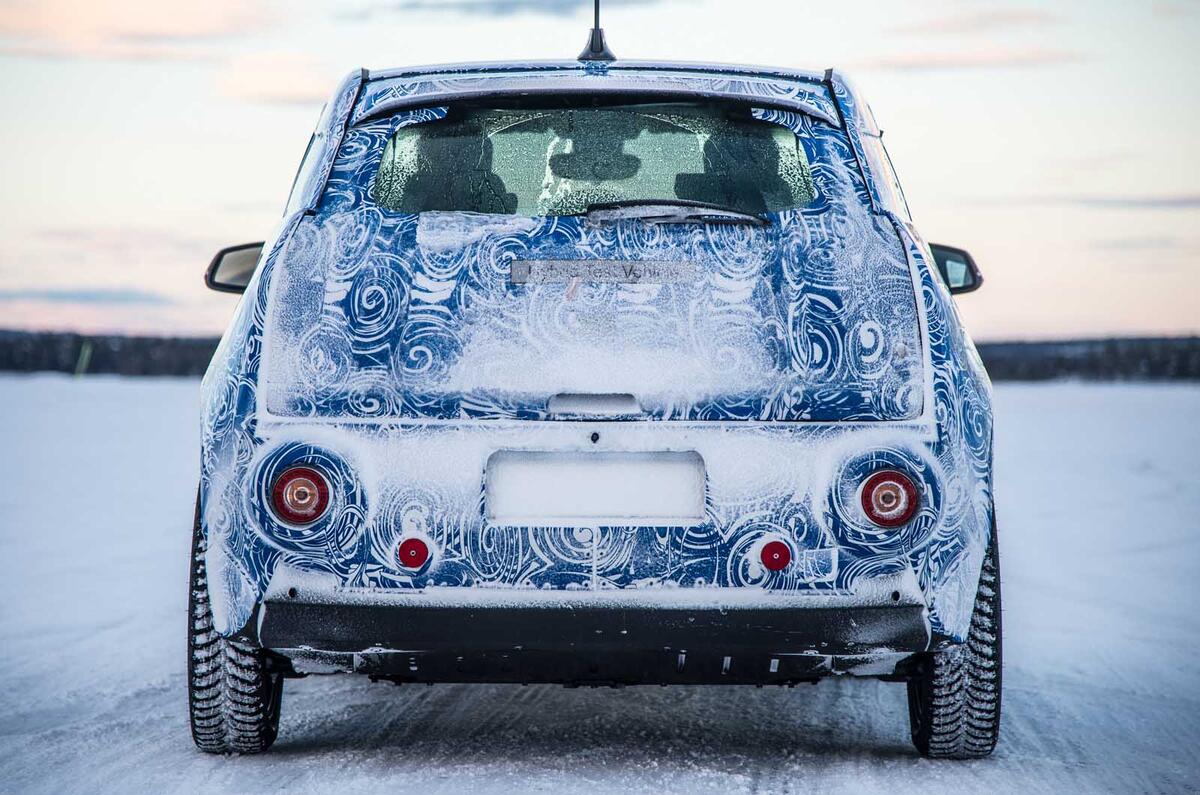
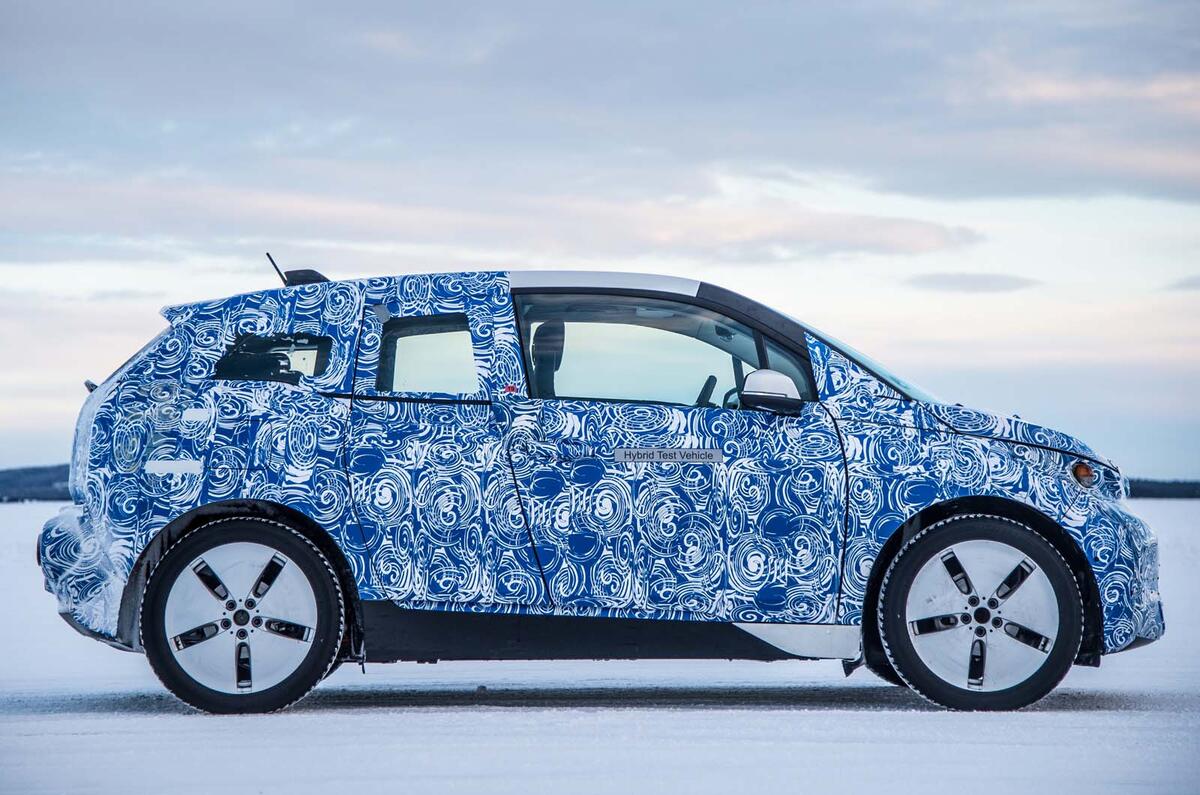
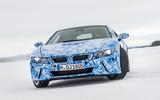
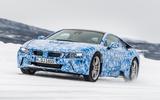
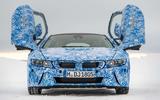
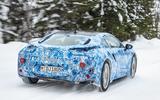

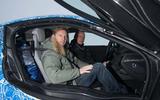

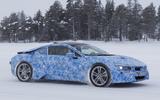









Join the debate
Add your comment
Given up writing in English?
"They’ll be two versions of the i3 on offer in the UK later this year." What does this mean, Mr Editor?
Is electric viable?
Well is it for the majority of those in the UK? How many have garages and even off street parking right next to their houses, I'm sure Councils and the Health and Safety people would not want electric wires draped across a path. Then there is the small problem cuased when you have to drive to a far flung place at a moments notice, trying to get a normal fuel hire car will slow you up. I see it as only for the rich with other vehicles to use.
Errors
Please correct this:
"They’ll be two versions of the i3 on offer in the UK later this year"
& this:
"maneuverability"